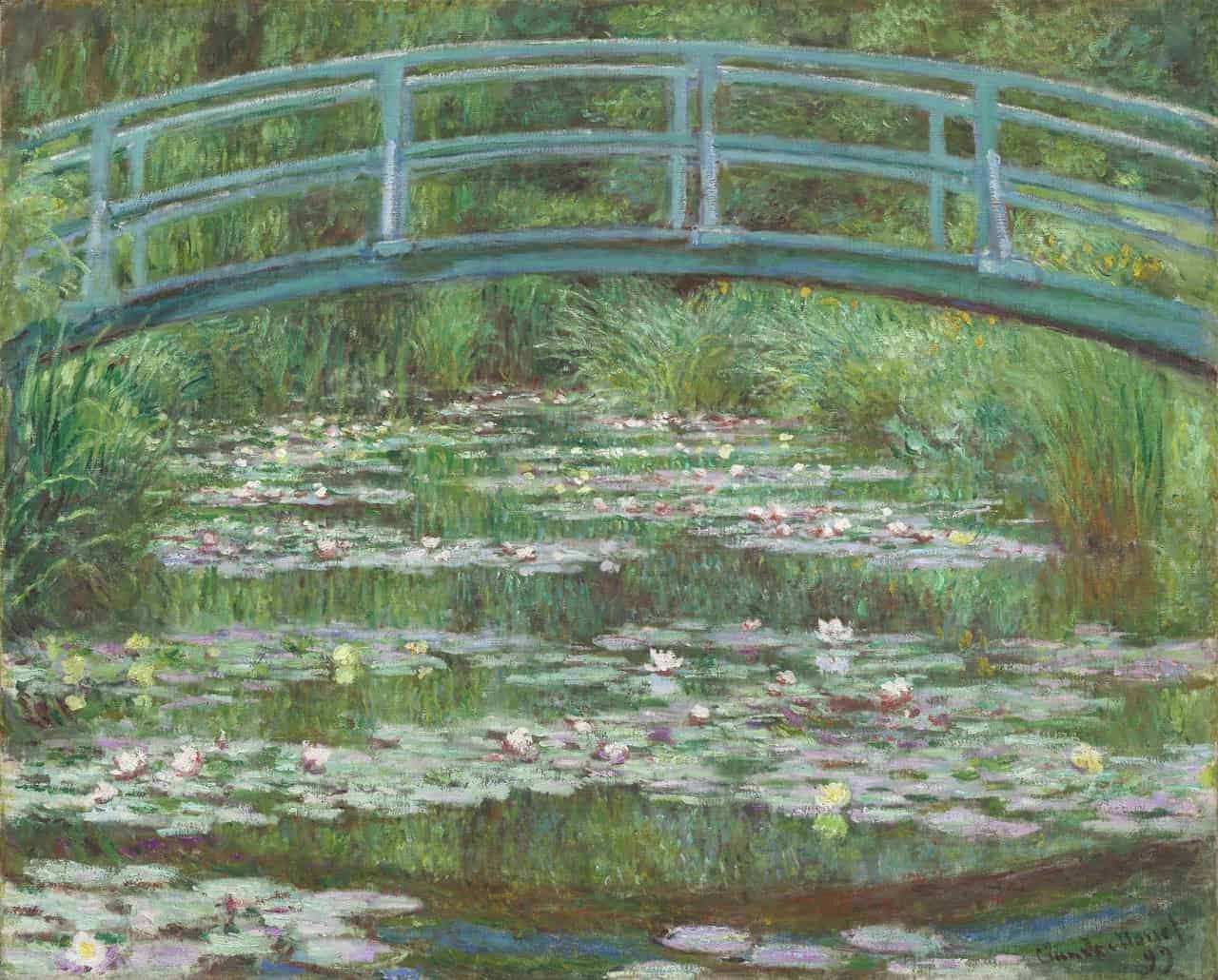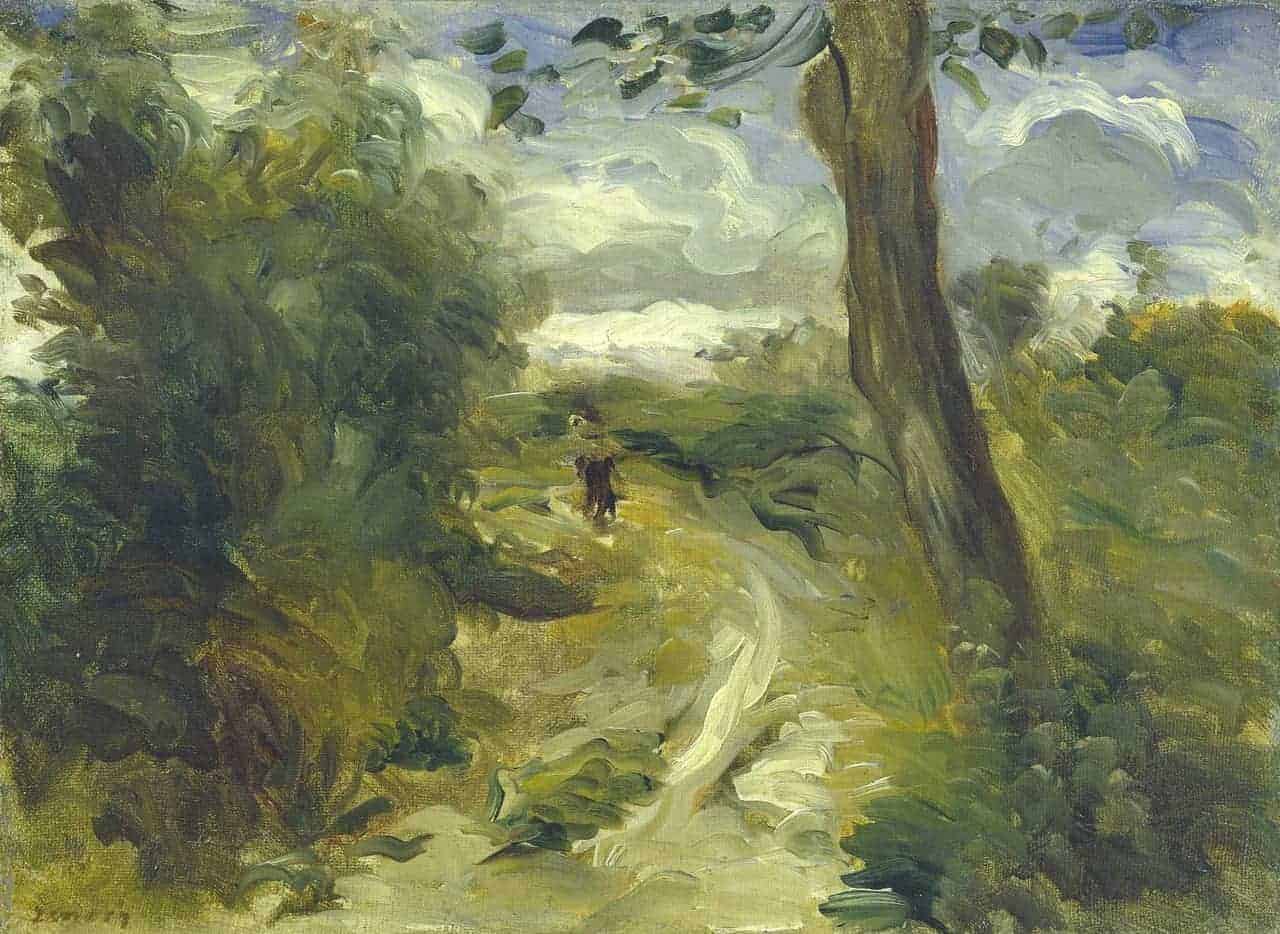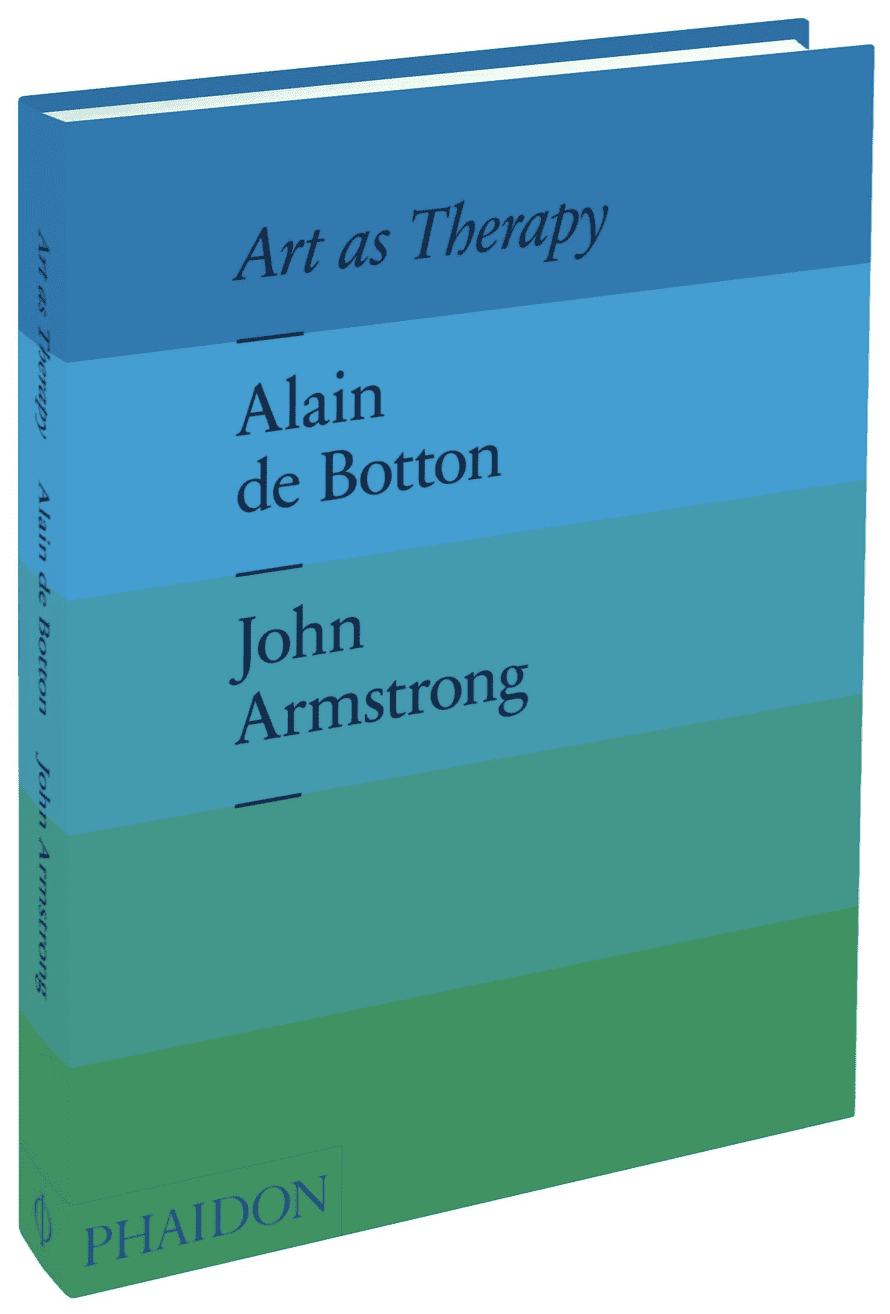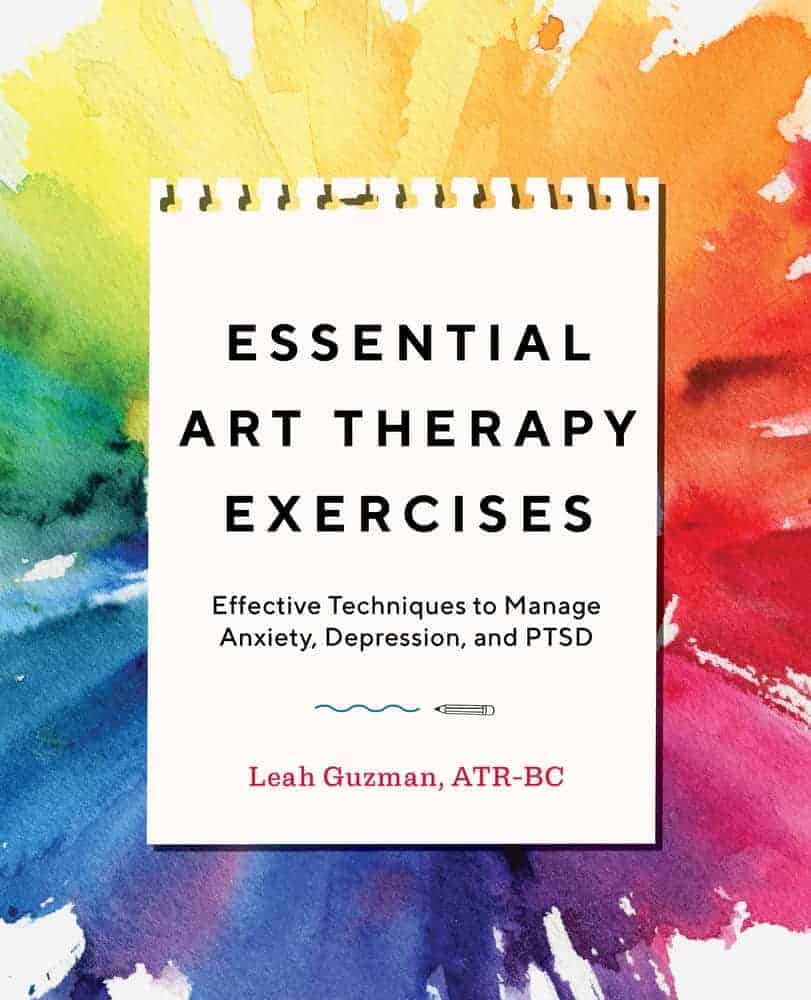Therapy
Art Therapy: Overview and Effectiveness
THC Editorial Team December 11, 2020
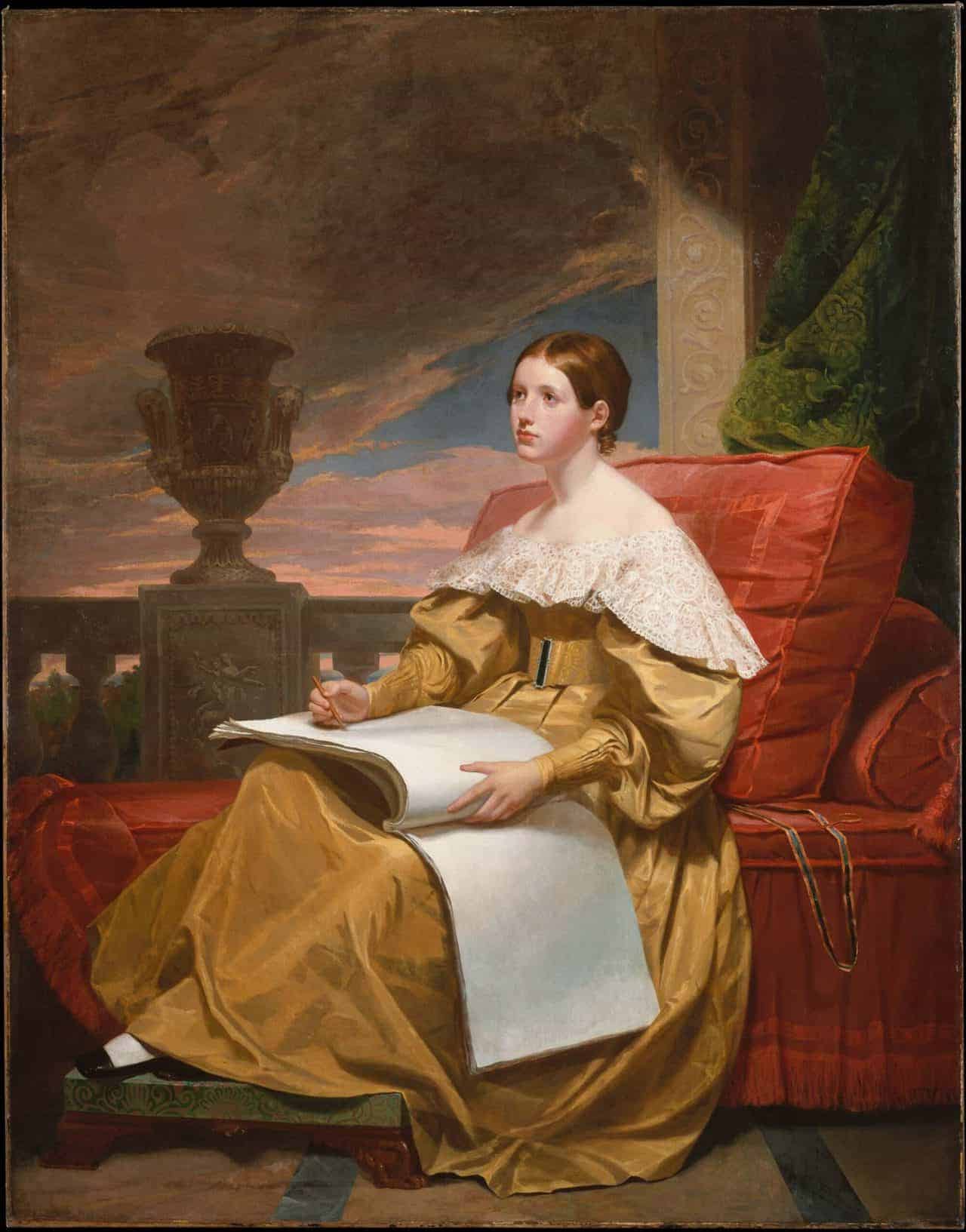
Contents
- Overview
- What Is Art Therapy?
- The History of Art Therapy
- How Does Art Therapy Work?
- Potential Benefits of Art Therapy
- Conditions Commonly Treated with Art Therapy
- The Process of Art Therapy
- Effectiveness of Art Therapy
What Is Art Therapy?
Art therapy is a form of expressive therapy that uses painting, drawing, sculpting, and other visual art forms to treat psychological, medical, or developmental conditions such as anxiety disorders, trauma, and dementia. By working with an art therapist, clients are able to harness the healing potential of creative expression to explore, understand, and concretize emotions.
Human communication cannot be reduced to words alone. We often find ourselves unable to verbally express our deepest thoughts and feelings because words seem inadequate to fully capture our inner states. When we are unable to fully articulate our experiences, we sometimes experience psychological and emotional stress as we try to understand our lives and talk about them with others. For people who struggle to identify and verbalize their thoughts and emotions, art therapy offers a solution: the process of creating art allows people to express themselves in other ways.
In particular, art therapy focuses on visual and symbolic expression by encouraging people to engage with aspects such as color, shape, line, form, value, space, patterns, balance, and texture. Art therapy also acts as a bridge between therapists and clients as it facilitates communication and allows for the expression of concealed emotions.
We often find ourselves unable to verbally express our deepest thoughts and feelings because words seem inadequate to fully capture our inner states.
What Is the History of Art Therapy?
In the early 1940s, the British artist Adrian Hill developed the term “art therapy” to describe the therapeutic application of creating art.1 Hill discovered the therapeutic benefits of image making during his recovery from tuberculosis as he started drawing and painting. Around the same time in the United States, Margaret Naumburg, a psychologist, introduced art therapy as symbolic speech between patient and therapist.1 Although these pioneers had different approaches to art therapy, their work had a significant influence on the creation of art therapy.
How Does Art Therapy Work?
Art therapy encourages people to engage with many parts of their mind and being, including cognition, the sensorimotor system, emotion, and intuition.2 The way someone creates an artwork—the colors, shapes, or even brushstrokes they use—and the images that result can speak volumes about the person’s state.
One of the main objectives of art therapy is to create insight, such that a client can look at a visual representation of their emotions and change their perception of specific situations and problems. Through both the process and product of art therapy, practitioners can help individuals uncover and navigate concealed feelings. Clients become more attuned to their inner states as they express themselves through art and are subsequently better able to resolve their deeper concerns and troubles.
Potential Benefits of Art Therapy
Art therapy can be useful for people of all ages, with various conditions, and with far-reaching benefits. According to scientific research, art therapy can improve the following:
- mood2
- coping strategies3
- emotional expression3
- self-image/self-esteem3
- autonomy3
- communication skills and sociability3
- insights into feeling, thinking, and acting patterns3
- mental alertness4
- quality of life4
Art therapy has further been proven to reduce the following symptoms:
- depressive symptoms2
- anxiety2
- fatigue4
- stress4
- cognitive distortions4
- obsessive-compulsive behavior5
- symptoms of trauma6
Conditions Commonly Treated with Art Therapy
Art therapy may be helpful for people with the following conditions:
- mood disorders such as depression and bipolar disorder
- anxiety disorders such as phobias
- obsessive-compulsive disorder
- developmental disorders such as autism
- addictions
- learning difficulties
- physical illnesses
- posttraumatic stress disorder
- personality disorders
- eating disorders
The Process of Art Therapy
Art therapy can occur in a variety of settings, such as inpatient treatment facilities, private offices, schools and colleges, hospitals, community centers, homeless shelters, and prisons. Since art therapy requires only a small, private space and access to portable art supplies, it is a flexible, convenient, relatively accessible form of therapy.
When an art therapist and client begin working together, the therapist will conduct an initial assessment to determine if art therapy is an appropriate form of treatment based on the client’s personal history, current struggles, concerns or problems the client seeks to address, and their willingness to participate in art therapy.
Once art therapy is initiated, the client will engage in an art form, whether it be painting, sculpting, making a collage, or other artistic mode. The art therapist will observe the client as they create their artwork and may ask questions during the process as to the client’s thoughts and feelings. Once the client is finished with their artwork, the therapist will want to further discuss their experience, their emotions, why they made certain decisions regarding their artwork, insights they gained, and so on. Finally, the therapist will share some of their own observations, feedback, and insights with the client.
A typical art therapy session includes three main stages:
- Pre-art making. The therapist will ask the client how they are currently feeling. The client can discuss any thoughts and emotions they have been experiencing or any events that have occurred since the last visit. The client will work with the therapist to establish the goals for the session and determine what the art making will consist of in terms of both the exercise and materials.
- Art making. The client will create their art piece, and the therapist will observe them during the entire process. The therapist may take down some notes as they are doing this, but this should not get in the way of the client’s creative process. If the client has difficulty at any point, the therapist is there to answer any questions or concerns.
- Post-art making. This stage consists of discussing the artwork the client created. The therapist will mention some of their observations, and this will foster conversations regarding the client’s underlying thoughts and feelings. The therapist will also ask various questions, most of which will be open-ended, regarding the client’s artwork in order to uncover more of their inner state.
Unlike an art class, an art therapy session is usually unguided. Clients are free to create whatever they desire. Art therapists are trained to understand how certain patterns and features of an art piece are indicative of underlying thoughts and feelings. Rather than controlling the session, the therapist observes and analyzes the client’s creative process and final product. These art pieces can later act as visual records that allow both the therapist and client to observe the client’s growth and change.
Group art therapy is also an option for individuals who are uncomfortable with the intimacy that comes with one-on-one situations. Creating artwork as a group, discussing thoughts and feelings as a group, and addressing themes during sessions are some of the factors that differentiate group art therapy from individual art therapy. The interactive nature of group art therapy has the additional benefit of allowing individuals to improve their social skills.
…art therapy focuses on visual and symbolic expression by encouraging people to engage with aspects such as color, shape, line, form, value, space, patterns, balance, and texture.
Effectiveness of Art Therapy
Although art therapy has not been as thoroughly researched as other forms of therapy, it has been proven efficacious for some demographic groups with certain mental health disorders.
For example, one study involved a sample of 66 elderly women with major depressive disorder who were divided into an experimental group and a control group. The experimental group was assigned 20 weekly art therapy sessions that were 90 minutes each, while the control group did not partake in any art therapy. The results demonstrated an improvement in both depressive and anxiety symptoms for those who took part in art therapy.2
Similar studies with various samples have found significant benefits as well. For example, art therapy was shown to significantly reduce internalizing problems such as anxiety and depression in female adolescents.5 In a study involving individuals with personality disorders, art therapy improved both emotional and social functioning.3 Research has also demonstrated a significant decrease in psychological trauma symptoms and depression in individuals with PTSD.6
In the case of individuals with personality disorders, there was a correlation between the reported overall benefits of art therapy and the extent to which a client felt the freedom and ability to express their feelings through their artwork.3 There is also evidence supporting the use of art therapy in conjunction with other therapies such as cognitive behavioral therapy.6
Numerous other studies involving specific samples have demonstrated significant improvements as a result of art therapy. The efficacy of art therapy for adults has been established as the body of knowledge in the field has grown extensively.7
While these results are encouraging, more research still needs to be conducted to determine the effectiveness of art therapy for specific populations. Furthermore, the components of art therapy that make it efficacious and the most appropriate course of the therapeutic process are yet to be determined.7





